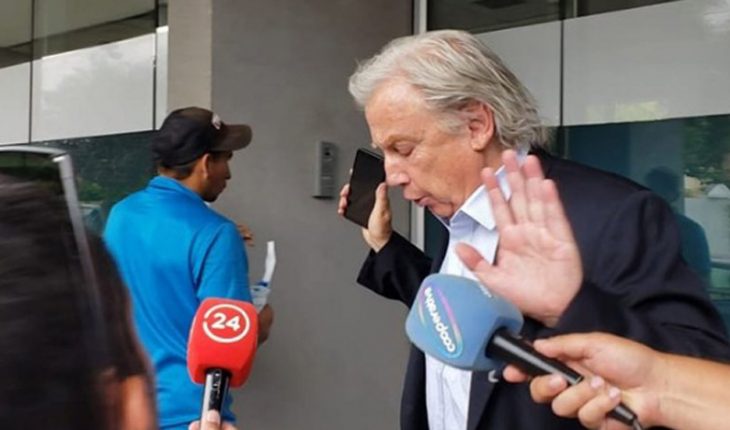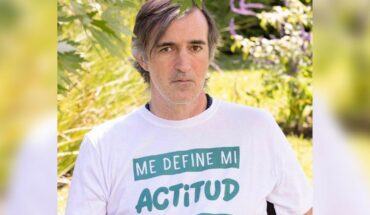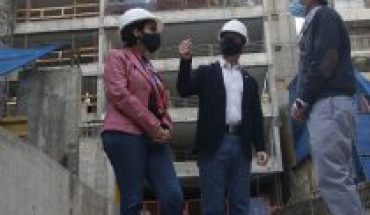The Council for the Defence of the State (CDE) filed a claim for damages against Raúl Scholer in the amount of more than 485 million pesos for the damage caused to a large number of pieces that have the status of National Monuments, found at his home in San Francisco de Mostazal, O’Higgins Region.Civil action is added to criminal complaints filed by the CDE against the employer in late 2018 and early 2019, who seek to establish responsibility for crimes of reception, affectation and damage to objects declared National Monuments.The President of the COE, Juan Peribonio, indicated that “the Council seeks to make the State economically indemnified and, in addition, energetically condemn serious actions like this, which damage our intangible heritage, represented by our historical and cultural values”. Of the 102 seized pieces in its possession, 56 have the status of National Monument: five have the status of Historical Monuments (MH); one of Public Monument (MP); 31 are Archaeological Monuments (MA) and, the remaining 19, correspond to fossils with paleontological monuments (MP) category. In addition, 18 ceramic vessels of Peruvian origin were recovered, an archaeological piece of repudiation bronze, also originating in that country, and 15 other textile pieces made of plant or animal fiber whose origin could not be determined. Of the six sculptures of heritage value seized from the home of Schsler, five were originally located in heritage sites of Santiago declared Historic Monuments: “La Polimnia”, belonging to the MH Cerro Santa Lucía and four other marble sculptures were located in the MH Historic Center of the General Cemetery.In addition, on its property was found the work “La Industria”, made of cast iron of 180 kilos by the foundry Val d’Osne , which had been subtracted from Rubén Darío Square in Valparaiso. As a result of the absence of adequate maintenance measures in accordance with their respective materialities, one of the sculptures was found in very poor condition, three others evaluated with poor conservation and two submitted regular conservation. Similar situation present the 19 paleontological pieces. The expertise carried out by the Natural Heritage Area of the Technical Secretariat of the National Monuments Council states that their conservation status is bad, since they “present abrasions on their surface, generalized surface dirt and fossilized individuals are incomplete, not giving enough physical information to perform a more accurate taxonomic classification or the precise area in which the fossil was raised”. The demand of the COE stresses that it is relevant to consider that the damage is not only material, since “the abduction of these sculptural works prevents the understanding, understanding and direct heritage valorization of the protected area in relation to each of its component elements and, vice versa, as the sculptures are decontextualized”, which results in the loss of the deepest and most transcendent heritage significance of the Historical Monument , “which is precisely what must be preserved for future generations, that being the very purpose of a declaration of National Monument. All this ultimately causes serious damage to the country’s cultural acquis,” the COE says.
translated from Spanish: CDE sues entrepreneur Raúl Scholer for about $500 million
September 26, 2020 |





